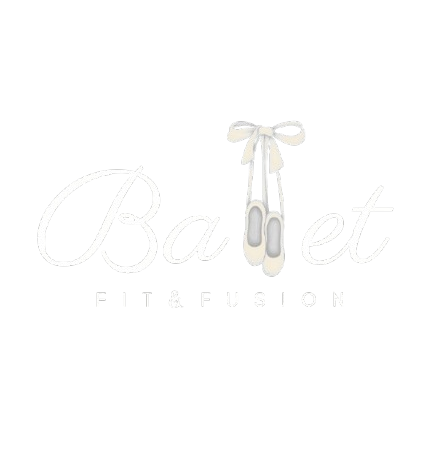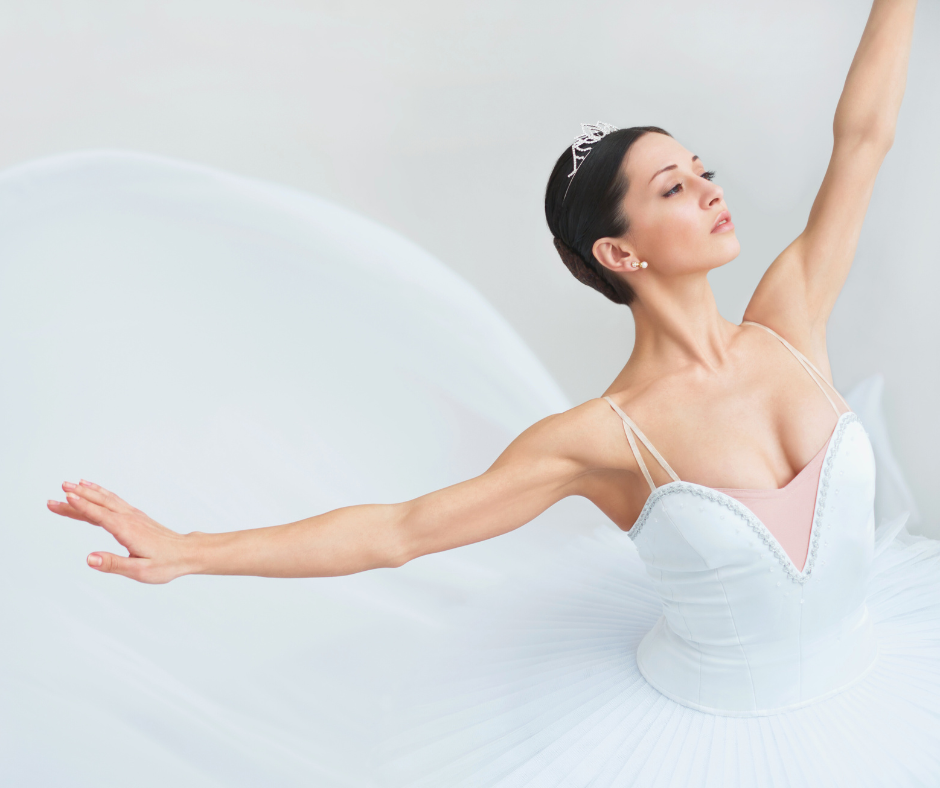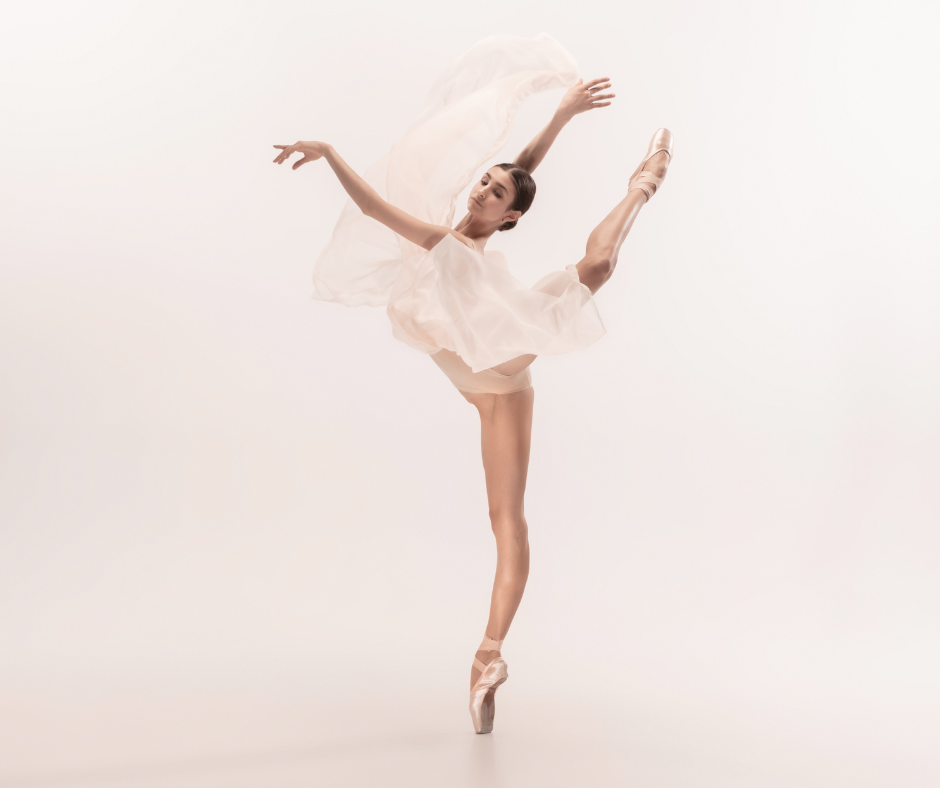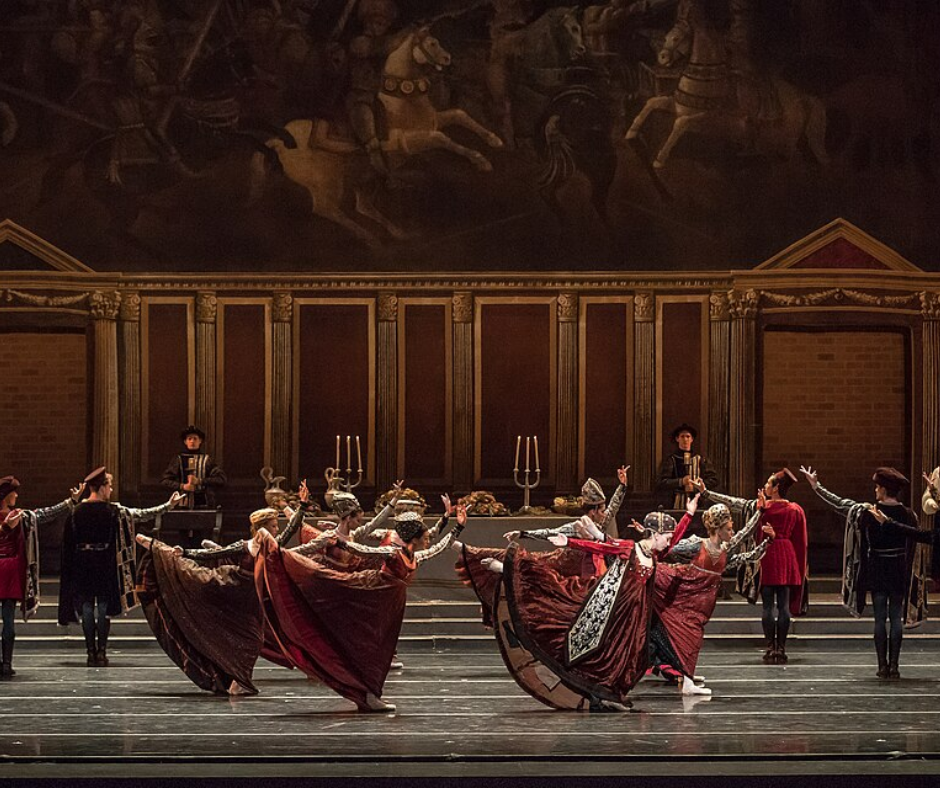There’s something incredibly romantic about old ballet photos, the layers of silk, the tight corsets, the powdered faces. They look like they belong to another world and in many ways, they do. But as someone who has always been fascinated by ballet, not just as an art form but as a culture, I’ve come to realize that those beautiful, stiff costumes tell a deeper story. A story that helps explain why ballet costumes changed not just for style but for freedom, evolution and what it truly means to move.
Back then, beauty meant being bound
When ballet first began in the royal courts of France and Italy, dancers wore what can only be described as royal attire: corsets, hoop skirts, wigs, and heels. Movement was secondary to appearance, it was about posture, not expression. Dancers weren’t just performers; they were walking symbols of status and control. And their costumes? Heavy, rigid, and limiting.
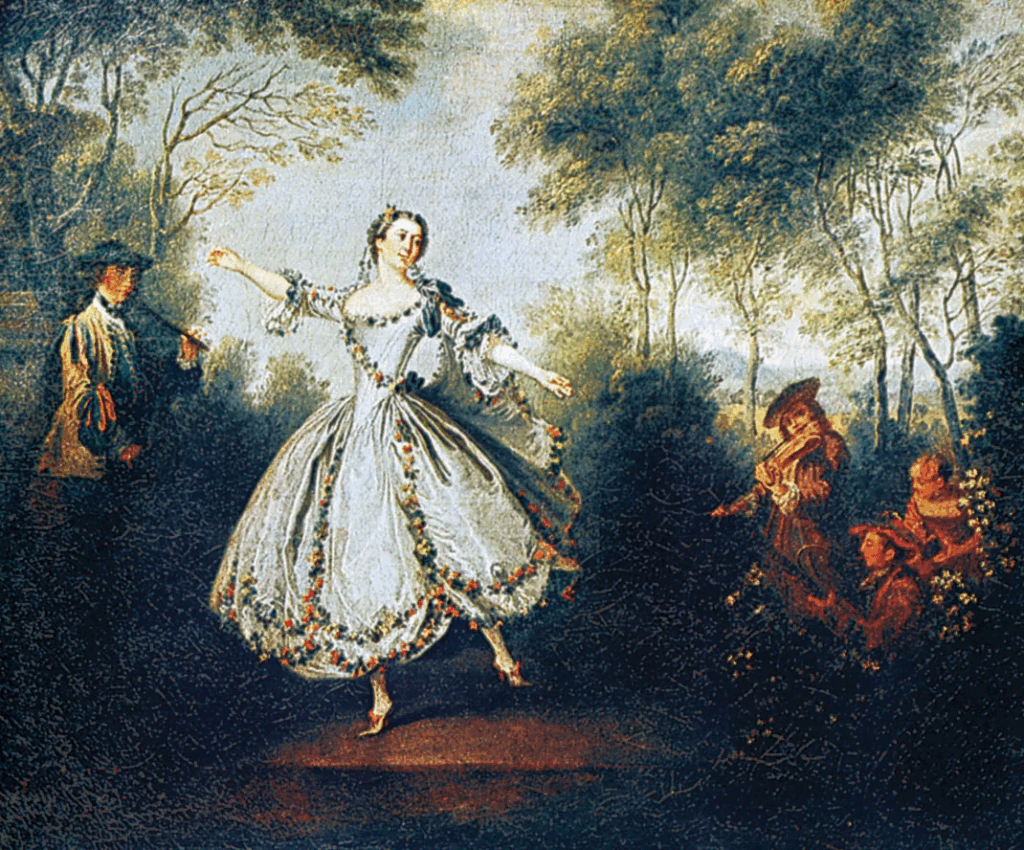
I imagine how hard it must have been to breathe, let alone leap. But that was the point? Ballet wasn’t yet about storytelling or emotion it was about elegance and restraint.
The tutu arrives and so does freedom
In the 19th century, things began to shift. Romantic ballets like Giselle and La Sylphide brought a dreamier, more emotional kind of storytelling. And with that came a new kind of costume: the Romantic tutu. Made of layers of soft tulle, it allowed ballerinas to move more freely and appear as if they were floating.
This moment in ballet history helps explain how ballet costumes changed moving away from restriction and toward lightness and expression. It was also a major turning point where women became the stars of the stage. Pointe shoes rose in popularity, and with them came a new focus on grace and ethereal presence. Dancers outfits shifted in design to support the illusion rather than limit it. It was no longer about being bound, it was about being lifted.
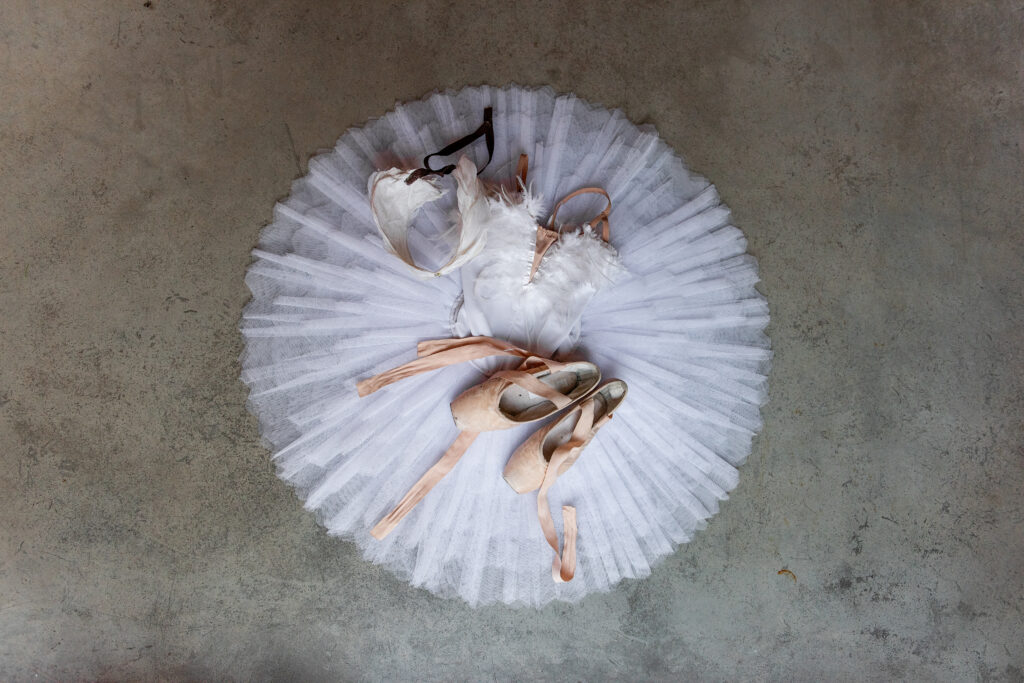
Illustration of pointe shoes and a tutu
From control to expression
Fast forward to the 20th century, and ballet costumes started to reflect even more change. As modern ballet and contemporary styles emerged, dancers traded in rigid bodices for stretchy leotards, soft fabrics, and minimalist designs.
Choreographers like George Balanchine stripped down everything: sets, costumes, even music to put the spotlight on the dancers’ bodies and movement. Suddenly, ballet didn’t need a crown or corset to be powerful. It just needed presence.
I find that deeply moving because the shift in costume mirrors a shift in values: from control to creativity, from perfection to expression.
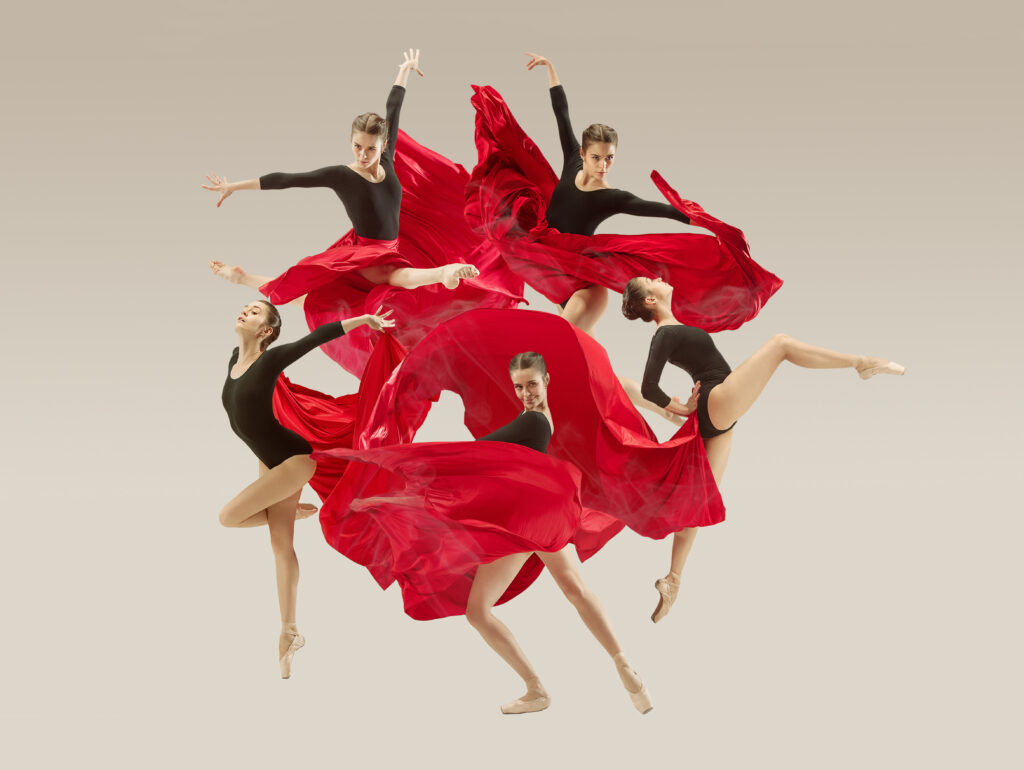
Illustration of modern ballet costumes
Why this still matters today
I think about today’s ballet dancers performing in breathable fabrics, layering their own style into rehearsals, making movement more accessible and inclusive. Even in digital classes or living rooms, dancers are embracing comfort without losing the soul of ballet.
And honestly? That says something beautiful about where ballet is going. It’s still rooted in tradition, yes, but it’s not afraid to grow. To move with us, not against us. And that’s a big part of why ballet costumes changed to reflect not just the needs of the dancer, but the spirit of the times.
Final thoughts
So yes, ballet has moved on from corsets to comfort, in costume and in spirit, which is worth celebrating because freedom in movement invites freedom in expression. And in ballet, that’s where the real magic happens.
